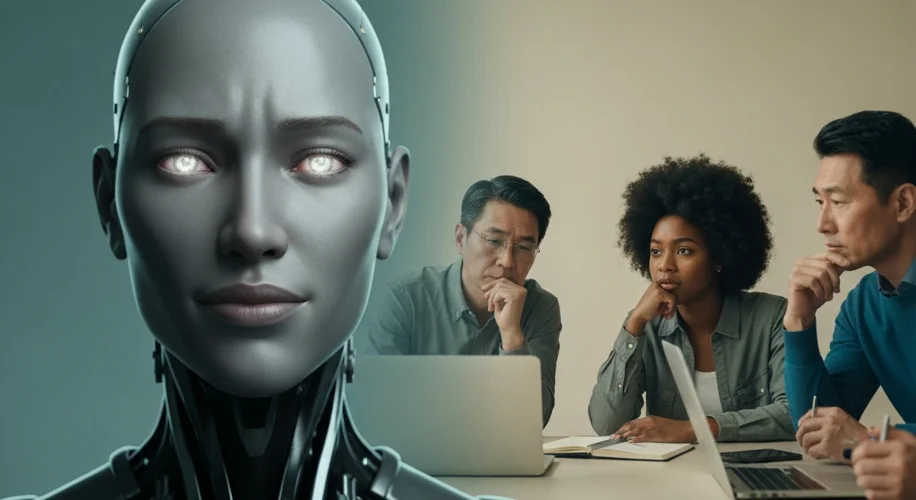It’s fascinating to watch how quickly artificial intelligence is evolving, especially in how it mimics us. Synthesia, a company that creates AI-generated videos, has been making significant strides. Their AI avatars, or ‘clones,’ are becoming remarkably expressive, moving beyond stiff digital representations to something far more nuanced.
Think about it: these AI models can now convey a range of human emotions, from a subtle smile to a concerned frown, all through facial movements and vocal intonation. This isn’t just about making videos look better; it’s about AI understanding and replicating the subtleties of human connection. They’re getting so good that the line between a real person and an AI avatar is blurring.
This advancement raises some important questions we need to consider. Firstly, data privacy. To create these lifelike clones, AI models are trained on vast amounts of data, often including real people’s images and voices. How is this data collected, and more importantly, how is it protected? We need transparency and strong safeguards to ensure our digital selves aren’t being used without our knowledge or consent.
Then there’s the ‘uncanny valley’ – that creepy feeling we get when something looks almost human but not quite. As AI avatars get closer to perfection, they might bypass this valley, making them incredibly useful. Imagine personalized learning experiences where an AI tutor can express encouragement, or customer service bots that genuinely sound empathetic. However, this also opens the door to potential misuse, like creating highly convincing fake content or impersonations.
The next frontier, as the topic suggests, is AI being able to ‘talk back.’ This means AI not just delivering pre-programmed lines but engaging in real-time, dynamic conversations, responding to users in a natural, unscripted way. This capability could transform how we interact with technology, making it feel more intuitive and personal.
From my perspective, this is a powerful reminder that as AI becomes more capable of mimicking human expression and interaction, our ethical considerations must keep pace. We need to think critically about the societal implications. How will this affect jobs in creative industries? What are the safeguards against sophisticated misinformation campaigns? How do we ensure these tools are used to augment human capabilities rather than replace genuine human connection?
It’s crucial that we foster a dialogue around these developments. Encouraging responsible innovation and establishing clear ethical guidelines will be key. The goal should be to harness the power of AI to benefit society while mitigating the risks. We must ask ourselves: are we building tools that enhance our lives, or ones that could potentially erode trust and authenticity?

